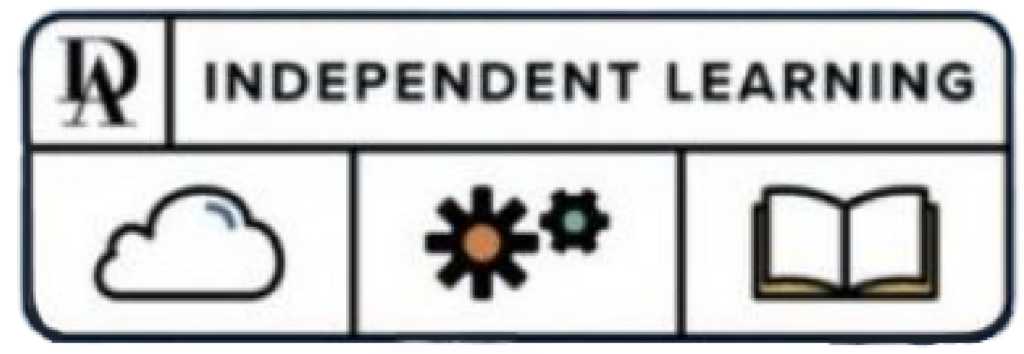Hi everyone, and welcome back! A few things to go over:
THIS WEEK
During the last couple of weeks, I’ve researched past studies that collected data about autism misconceptions. I found several addressing physician bias and some looking at the general population.
One study that surveyed the general population of Lebanon found that
The highest knowledge score was found for items related to knowledge of the symptoms and associated behaviors (52%). However, the level of knowledge regarding the etiology and prevalence, assessment and diagnosis, treatment, outcomes, and prognosis of the disease was low (29%, 39.2%, 46%, and 43.4%, respectively).
Evaluation of the Lebanese Adults’ Knowledge Regarding Autism Spectrum Disorder
Another study looked at Speech-language pathologists in India—so observing autism knowledge in that country’s medical field—and reported that
…around 43% of the total SLPs obtained a good score on the knowledge section and 27% received a positive rating for the belief section.
A Survey of Knowledge and Beliefs regarding Autism in Speech-Language Pathologists in India
This I found very interesting because it showed that while not even a majority of SLPs have adequate knowledge about autism, even fewer scored well for their perception of autism, with the large majority maintaining negative biases and stereotypes. Considering this is in the medical field, it makes me curious how this would apply to the general population, so I modeled my survey off of this idea by having a beliefs section looking at a few common misconceptions, and a knowledge section looking at how and where people have gotten their information about autism.
Unfortunately, none of the studies I found included the survey they used, but they mentioned a few question categories that gave me a jumping-off place for brainstorming questions, which I did during Weeks 1 and 2. I then refined those questions during Week 2, with the help of Ms. Rogers. We focused on reducing the number of questions to only include a few essential ones that I really want to collect data for and eliminating the questions that I will talk about anyway in my presentation, and don’t really need to assess the population for. These questions mainly focused on where and how people got their education about autism, and their knowledge about the diagnostic and prevalence distribution of autism across intersectional identities like race, gender, sexuality, disability status, etc. We also focused on differentiating the data I wanted to collect from students versus that from teachers and faculty.
NEXT WEEK
My next steps are to finalize my student questionnaire, adapt it into a questionnaire for US/MS faculty, and then send it out to those respective populations as soon as possible.
One of the research papers I found sent out their survey as a web link with “detailed instructions about filling in the questionnaire” and they kept this link open for about 4 months, with periodic reminders. I would like to adopt this format by keeping my form link open and sending reminders maybe every two weeks for a bit to encourage responses, as well as maybe making some posters to put around campus in case people don’t read/delete the email reminders.
I am also working on recording my presentation to the faculty from last semester and will look into how best I can share that video, be it on the Learning Commons website or another location.
LONG-TERM GOALS
As I go through the process, I am thinking more about how the small steps and changes I am making now will help build up to my longer-term goals, and I am updating my ideas or questions about those future goals accordingly.
- Collect data from US students and US/MS faculty on their misconceptions and past education about autism
- Presentation open to Upper School students? – assembly? open to anyone? posters or video or stations around campus or another accessible format?
- Presentation to US and MS teachers and faculty
- Library Display for Autism Acceptance Month (April) – work with the Archivists Club?

